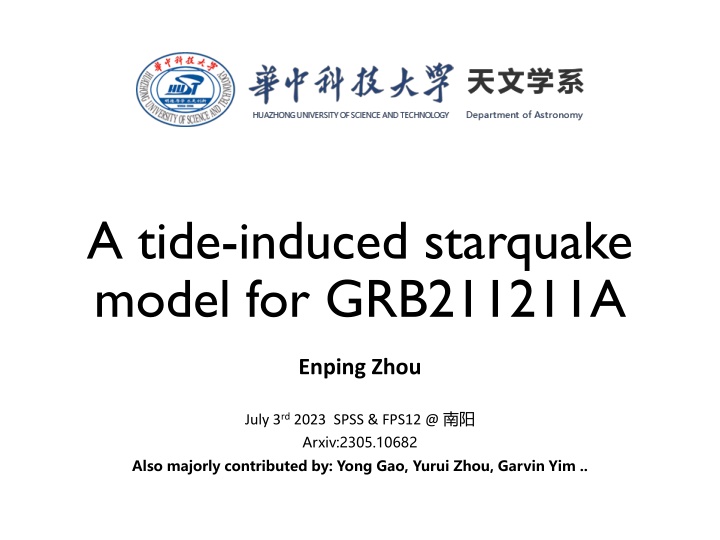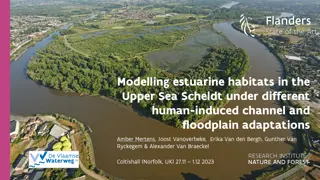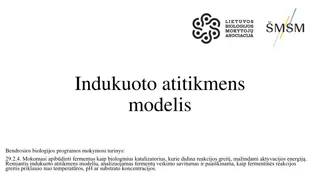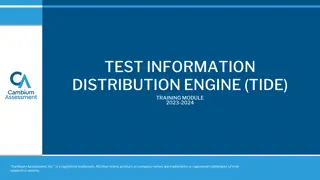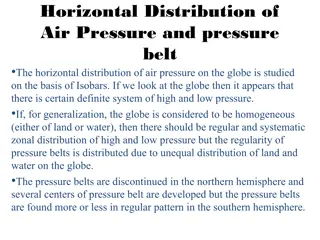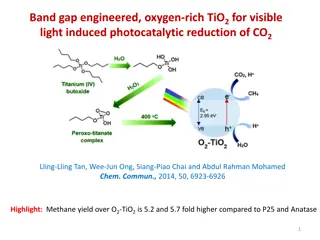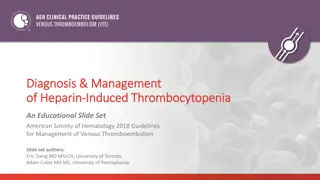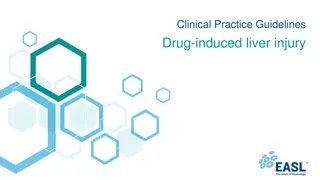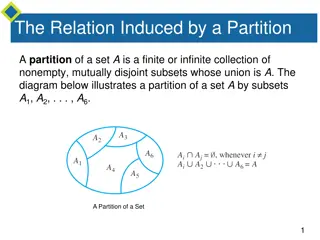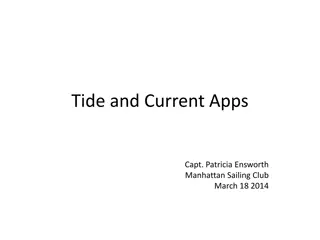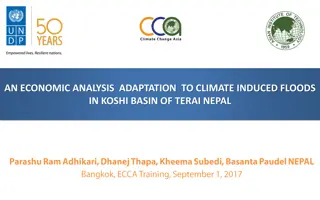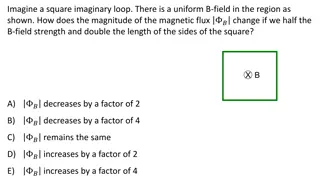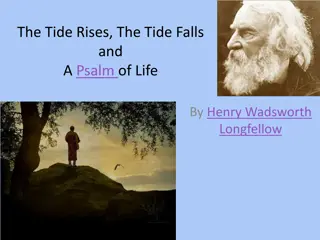Tide-Induced Starquake Model for GRB211211A
A tidal-induced starquake model is proposed for the gamma-ray burst event GRB211211A, highlighting key observations, precursor details, and a comparison with previous models. The model explores changes in tidal fields, spin, ellipticity, and elastic energy accumulation leading to starquakes and glitches.
Download Presentation

Please find below an Image/Link to download the presentation.
The content on the website is provided AS IS for your information and personal use only. It may not be sold, licensed, or shared on other websites without obtaining consent from the author.If you encounter any issues during the download, it is possible that the publisher has removed the file from their server.
You are allowed to download the files provided on this website for personal or commercial use, subject to the condition that they are used lawfully. All files are the property of their respective owners.
The content on the website is provided AS IS for your information and personal use only. It may not be sold, licensed, or shared on other websites without obtaining consent from the author.
E N D
Presentation Transcript
A tide-induced starquake model for GRB211211A Enping Zhou July 3rd2023 SPSS & FPS12 @ Arxiv:2305.10682 Also majorly contributed by: Yong Gao, Yurui Zhou, Garvin Yim ..
The observation: GRB211211A Relatively long main burst ~8s Precursor 1s prior to the main burst Precursor lasts ~ 0.2 s Precursor energy 7.7E+48 erg QPO in precursor ~ 22 Hz Xiao et al., 2022
The observation Late optical excludes Type Ic SN Optical excess consistent with KN Indication: Merger (involving NS) origin event with precursor Xiao et al., 2022
Previous models for the precursor Poynting flux of an orbiting magnetized NS Flares of magnetars before merger Resonant shattering of a spinning NS crust during inspiral Carrasco & Shibata 2019
Our model Change in tidal field (GW quad) Change in spin (B dipole) Ellipticity increases Ellipticity decreases Elastic energy accumulated Elastic energy accumulated Starquake Starquake Precursor Glitch Zhou et al., 2023 Baym & Pines 1971
Our model Orbital separation D < ~100 km for t-t_merger < -1 s Results of EOB calculation
Our model BNS Tense parameter space Requires major elastic energy release & conversion
Our model BH-NS Larger parameter space Allow for 10% (even 1%) energy release More consistent with event rates (future study) Consistent with KN observation as well
Our model In reality, the elastic energy could be released in a sequence of starquakes.
Hints of a sequential starquake model Hints: Time-sequential components with declining amplitudes Tidal force is stronger on the surface and weaker in the center, at a given binary separation.
Our model Black: Fraction of elastic energy released according to observation Green: Fraction of elastic energy released during the sequential quakes.
Our model Black: Fraction of elastic energy released according to observation Colored: Fraction of elastic energy released during the sequential quakes by assuming different BH spin.
Our model Other origin of QPOs?
Future prospects Event rates Number of quakes in a sequence? Energy conversion mechanism
